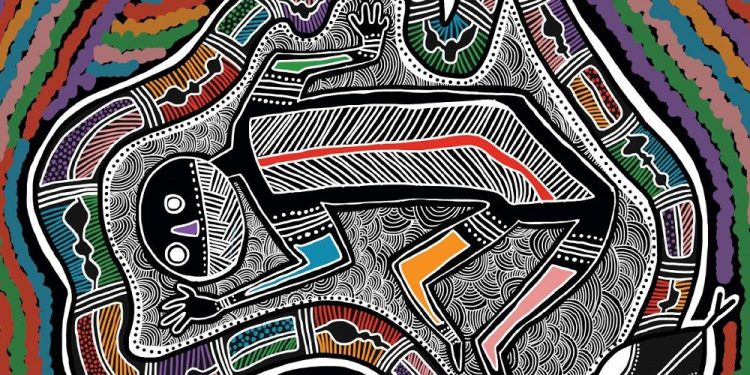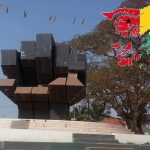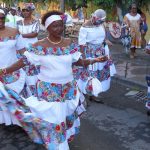
First Day Of NAIDOC Week
The first day of NAIDOC is a holiday observed on the first Sunday in July and kicks off NAIDOC Week in Australia. The acronym “NAIDOC” stands for National Aborigines & Islanders Day Observance Committee. This day, and the week it initiates, celebrates the unique culture, history, and achievements of Torres Strait Islanders and Aboriginal Australians.
This holiday is observed in these indigenous communities but is also recognized by city councils, schools, and government agencies throughout Australia. Every year, a variety of events are associated with this observance day, including balls and award ceremonies.
The History Of The First Day Of NAIDOC
The origins of this holiday can be traced back to the late 1930s Day of Mourning. This protest was held by Aboriginal Australians on January 26, 1938, on the 150th anniversary of the arrival of the First Fleet, an event that marked the beginning of the colonization of Australia. The protest was against the 150 years of mistreatment by colonists.
In 1957, the leaders of this movement decided to change the date of this holiday to July instead of holding it in January. During this time, it was known as NADOC, or the National Aborigines Day Observance Committee. In 1975, this protest event became a week-long celebration, and in 1991, the name NAIDOC was adopted by the organizing committee of this holiday.
Observing The First Day Of NAIDOC
All across Australia on this day and during the holiday week that follows, cultural and educational activities are held in workplaces and schools. There are also public displays designed to educate the public about the contributions of Australia’s indigenous population, and there is related programming on television as well. Large celebrations take place not only in rural Aboriginal and Torres Strait Islander communities but also in Australia’s major cities.








